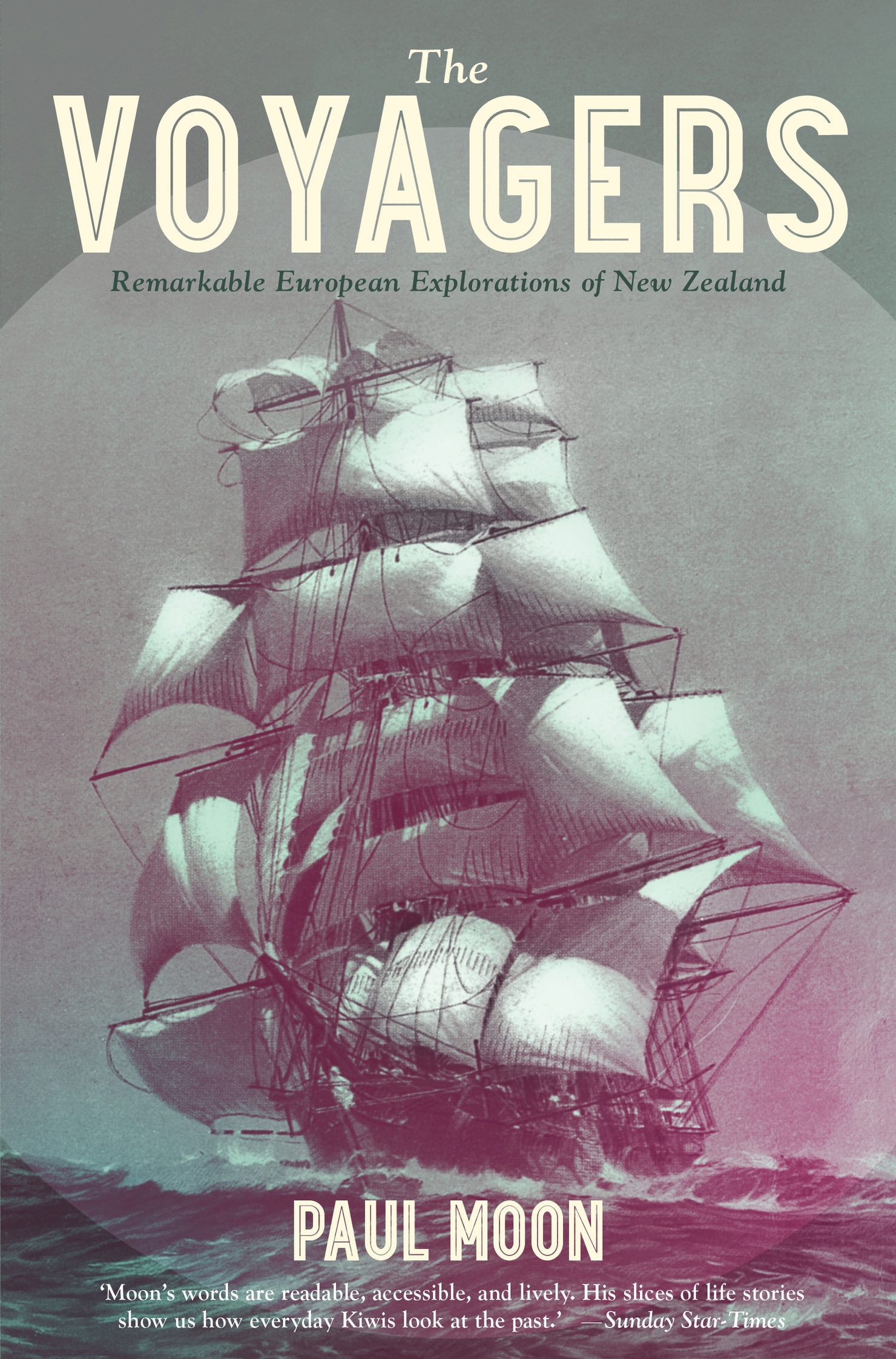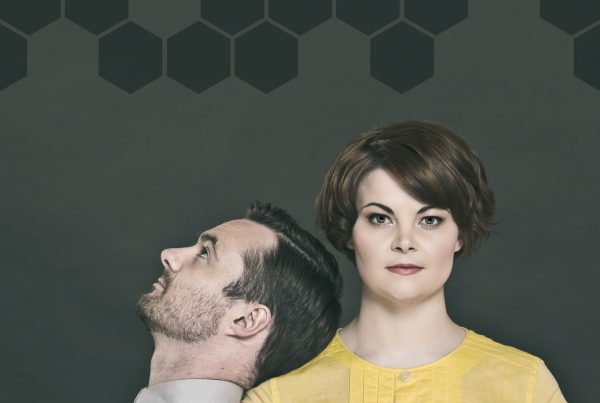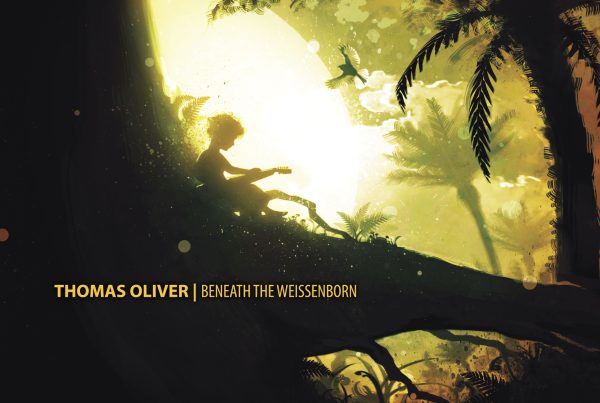
The Voyagers: Remarkable European Explorations of New Zealand, Paul Moon: Penguin.
There’s a perverse sort of pride that’s known only by those who live on the edge of the map.
Peering over the rim at starlight glancing off the shells of those proverbial ‘turtles all the way down’, it’s hard not to enjoy the knowledge that you’re still living somewhere that, for all the wider world cares, could just as easily be Australia or Canada. Maps from the completist-only latter days of the Age of Exploration depict Australia’s distinctive rhino-horn northern shoreline shrugging blankly into a South Pacific mess that terminates with a haphazard attempt at the southeastern extremities of Aotearoa.
Of course, the area was well known to many. While white folks were growing out their mutton-chops and loading up enough Bibles, blunderbusses and ’baccy to win passage into this last New World, the tangata whenua were bundling up the wrapping from the kete o te wānanga – the three baskets brought down by Tāne to form the basis of Māori ancestral knowledge. It was the integration of these two knowledge systems – indigenous mātauranga Māori and positivist European taxonomy – that would form the earliest Western ideas about what exactly lay down at the last stop before Antarctica.
Professor Paul Moon’s new book, The Voyagers: Remarkable European Explorations of New Zealand, is itself an admirable odyssey. Moon sketches a picture of New Zealand as it came into existence in the minds and on the pages of the country’s first European visitors – leaving out no detail of these explorers’ rough traffic through already-old Aotearoa.
Moon has scoured the journals of over 20 early visitors, grouping our guides into soldiers and sailors, travellers and settlers, missionaries, artists and officials. It’s plain to see that this division will allow the reader to look through varied sets of eyes, casting Aotearoa by turns as savage hinterland, untamed Eden, unruly outpost and playground for barbarous spirits.
This was the age in which the myth of the White Saviour, beloved of everyone from Disney to James Cameron, was in full fortification; and doubtless many of The Voyagers were eager to don the Messianic mantle. But in Moon’s story, individuals’ civilising urges register as fleeting flickers in a larger show. These visitors often arrive into stories long underway, their own dramas soon dwarfed by those of the land and its people.
Still, some names would come to linger as the maps were drawn. Here are the original Wakefield, Colenso, Bidwill – even Edward Shortland, wholly unaware of the decades-long drama to which his name would one day become linked. These names join others – Te Raupahara, Hone Heke, Te Morenga – in a story whose blend of the epic and intimate, of apprehension and mātauranga, assures its place in the canon.
[info]March book recommendations
Incomplete Works, Dylan Horrocks: Victoria University Press
On the continuum of postmodern New Zealand visual art, Dylan Horrocks has never much bothered nailing down whether his own place lies closer to Murray Ball or Colin McCahon. He’s been too busy churning out personal, eminently relatable work in the vein of indie comics artists like Alison Bechdel or the Hernandez brothers. Incomplete Works collects shorter Horrocks stories from 1986 to 2012, providing an excellent entrée into the work of a local essential.
Reform: A Memoir, Geoffrey Palmer: Victoria University Press
If your memory of Sir Geoffrey is limited to his year keeping the lights on in the Beehive’s ninth floor, your political education will find in Reform a document that does just that. Palmer brought to government a humility concealing a tireless yen for progressive law-making – qualities that the reader of Reform will find in abundance.
[/info]






